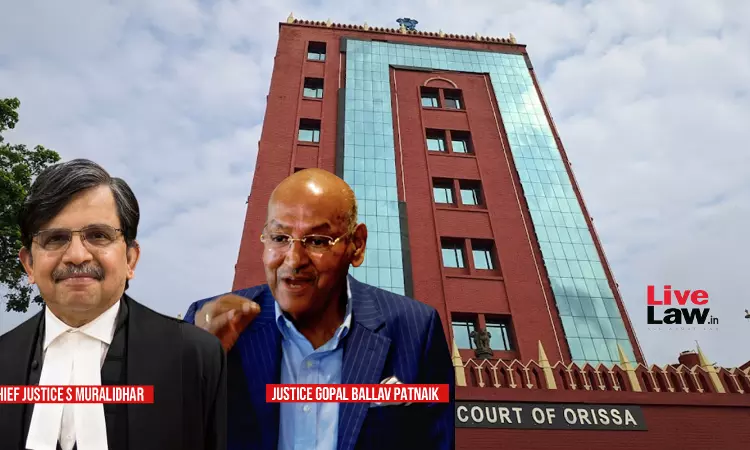The former Chief Justice of India, Justice Gopala Ballav Patnaik has expressed hope that the incumbent Chief Justice of the Orissa High Court Dr. Justice S. Muralidhar will soon be considered for elevation to the Supreme Court. Notably, Justice Muralidhar has been serving as Chief Justice of the Orissa High Court since January, 2021. Last year the Supreme Court Collegium...

